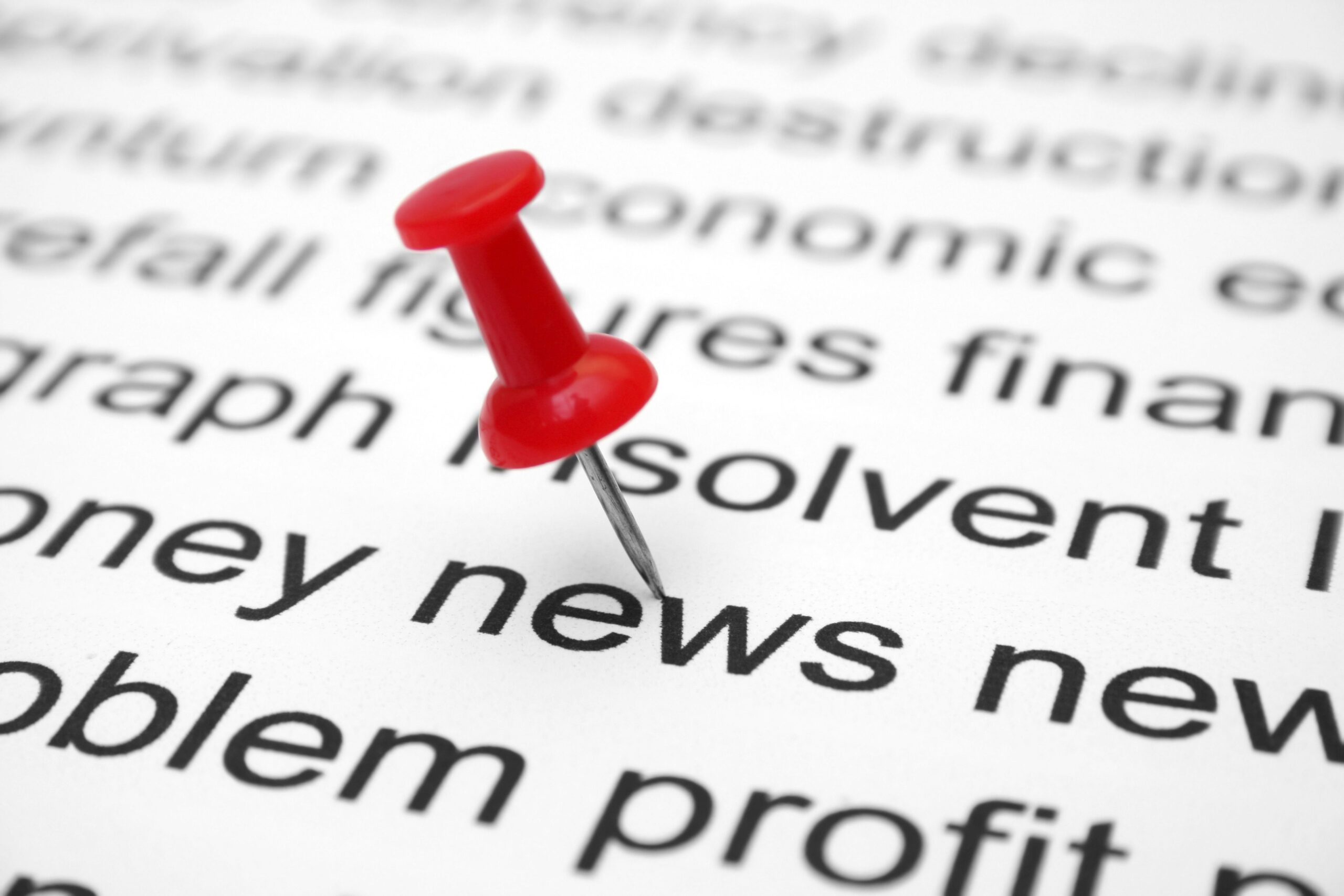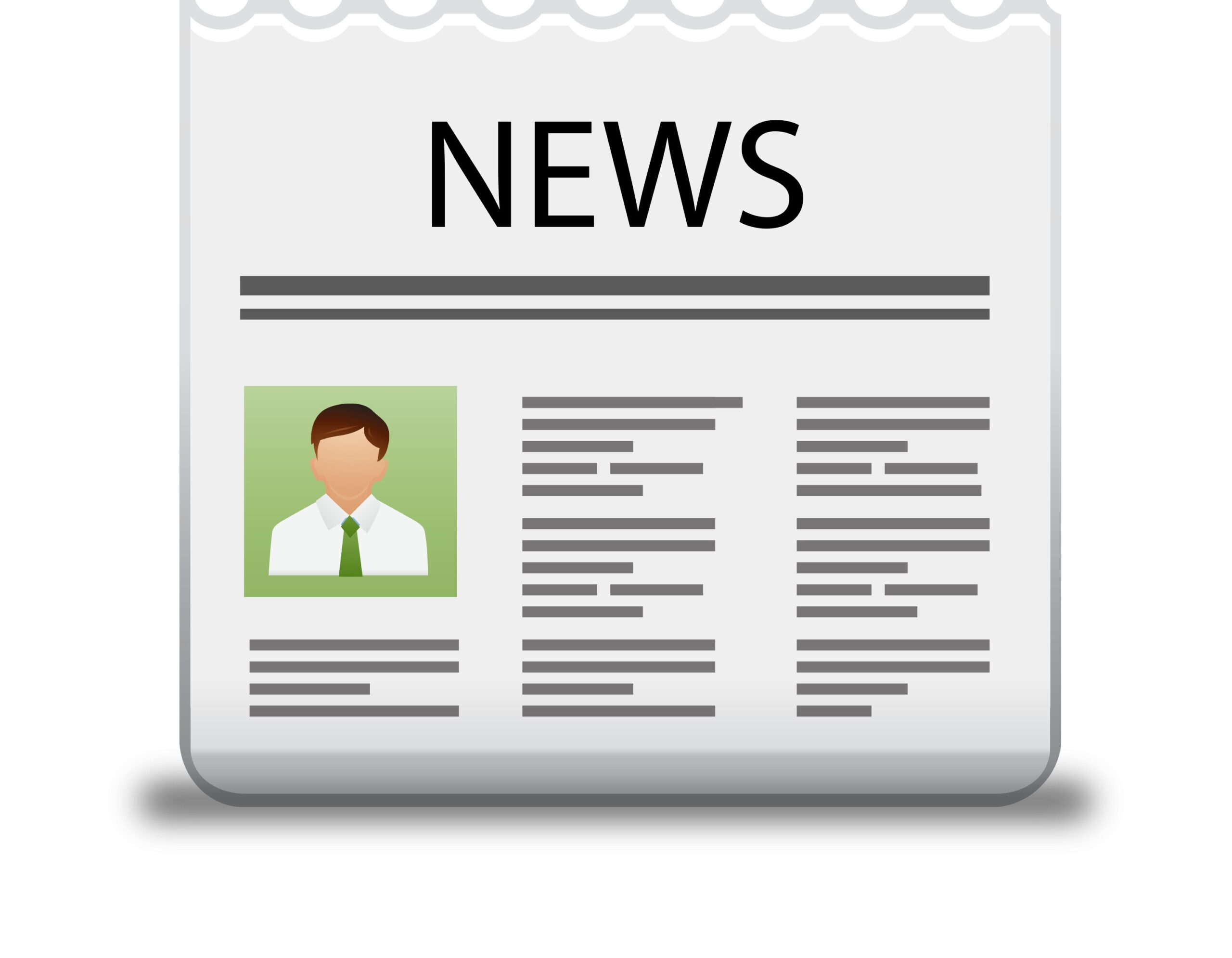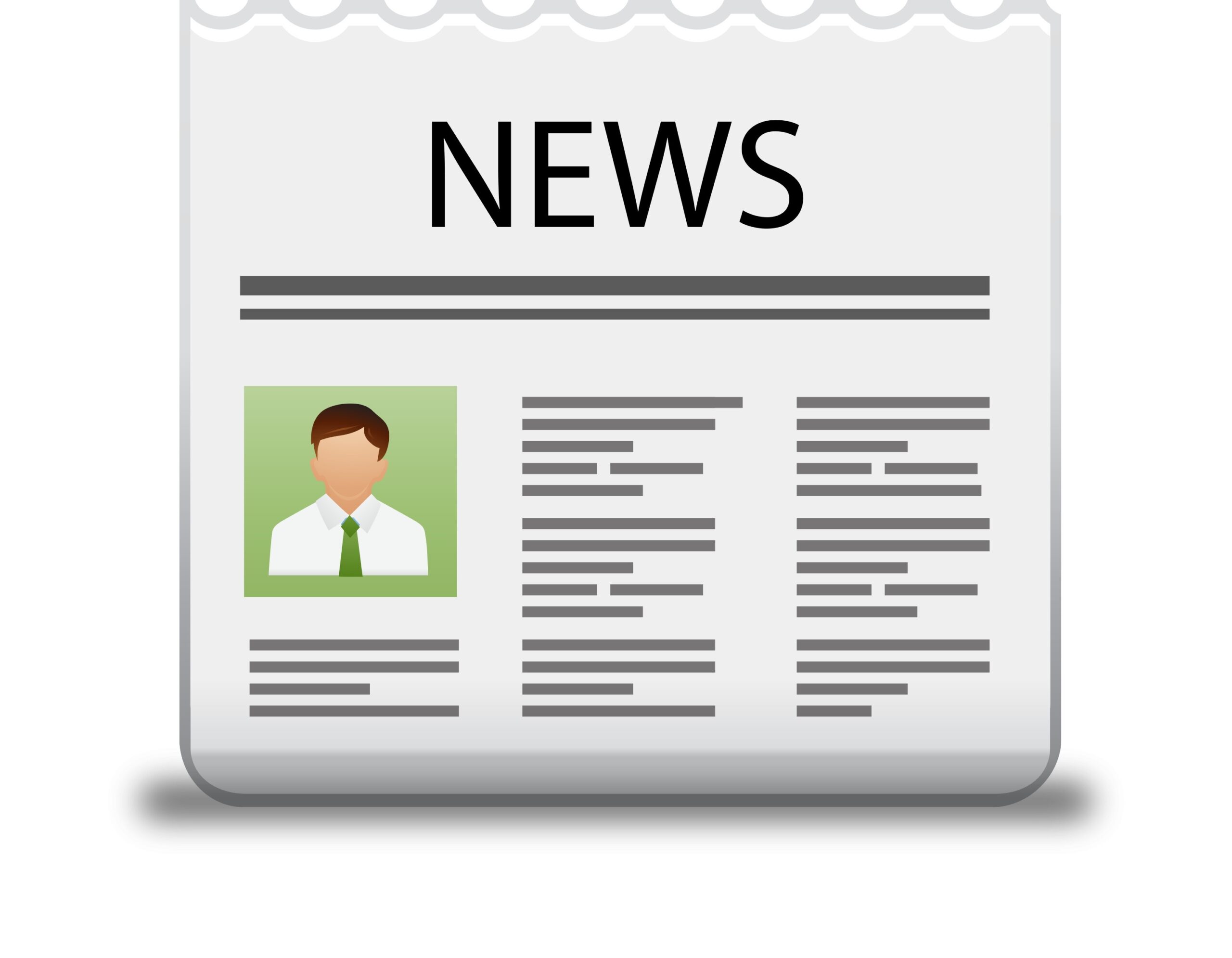A Border Patrol drone is ready for launch. CBP photo
CBP introduced Cost-Wise Readiness, a new approach to acquire and maintain equipment and technologies by focusing on how well they are performing while also protecting taxpayer dollars. This streamlined approach improved the quality of equipment and, in many cases, reduced taxpayer dollars being spent. This adds up to a better way to secure the border.
Mark Borkowski, CBP’s senior acquisition executive, said 60% to 80% of the costs CBP incurs on a piece of equipment are after it’s purchased and sent to the field, including what it costs to maintain that equipment. The agency didn’t do a good job in the past accounting for those costs when making decisions on buying needs.
“What happens over time is you have enough money where 90% of your stuff is working. And then the next year, that amount of money only gets you 85% of the stuff working. And then the next year, only 75% of the stuff is working,” Borkowski said. “And the next thing you know, you’re spending all kinds of money and have no mission effectiveness because your systems are breaking down.”
Gaining the Logistics Maturity and Saving a Billion Dollars
Borkowski added CBP lacked maturity in the logistics to acquire and maintain the various technologies it uses to protect the border.
“Of all the money we had to buy stuff, almost all of it had to go to operating, maintaining and repairing stuff we had, so we had very little left to buy new stuff,” Borkowski said. “This was a real problem for CBP,” adding the basic issue was a lack of an organized response for these problems.
Cost-Wise Readiness changed that. It brought focus to those decisions to make sure the lifetime of the equipment costs are considered, and processes getting the tools needed are made easier.
“It’s an analytical way of saying all of the things we would like to do, but not do them with just guesses as to what is the right way,” Borkowski said, crediting people such as Rick Cornelio, his director of logistics and sustainment, for bringing the idea of Cost-Wise Readiness to his attention in the first place.
“It’s a readiness effort to try to get more reliable systems in the field to enhance the mission outcomes,” Cornelio said. “This is something we’ve been working on for the past four years.”
The effort is pretty widespread with nearly 50 systems throughout CBP already seeing Cost-Wise Readiness analysis and savings applied. According to Borkowski, not only is the program making CBP’s acquisitions more efficient, it’s adding up to some significant savings for an agency that always seems to be looking for funds to get the job done. He cut right to the chase on how valuable it is to an agency such as CBP that is always looking to get the best bang for the taxpayers’ bucks: hundreds of millions of tax dollars already saved with possibly a billion dollars in savings for CBP over the next five years.
“That sounds like an exaggeration, but when you actually look at the results, it’s a very realistic target,” Borkowski said, adding they didn’t start by trying to save the billion dollars in one shot. And the more success in the small things, the more others got on board with the idea. “It wasn’t just about testing and we actually saved money and increased readiness; it was also about testing how our own internal processes, such as budgeting and resource allocation, and how Cost-Wise Readiness would feed into that. So it was a smart strategy to ease people into it, because people resist change, and you have to convince them it’s worthwhile.”




